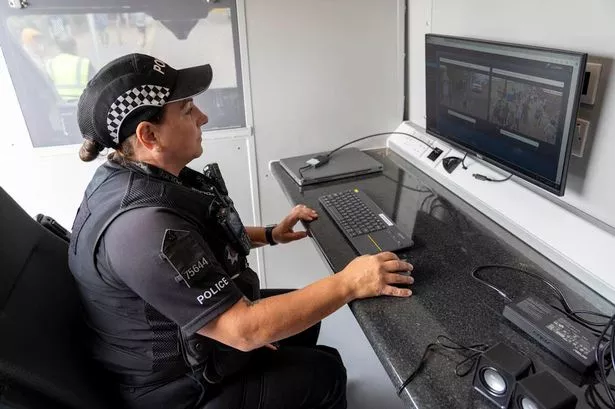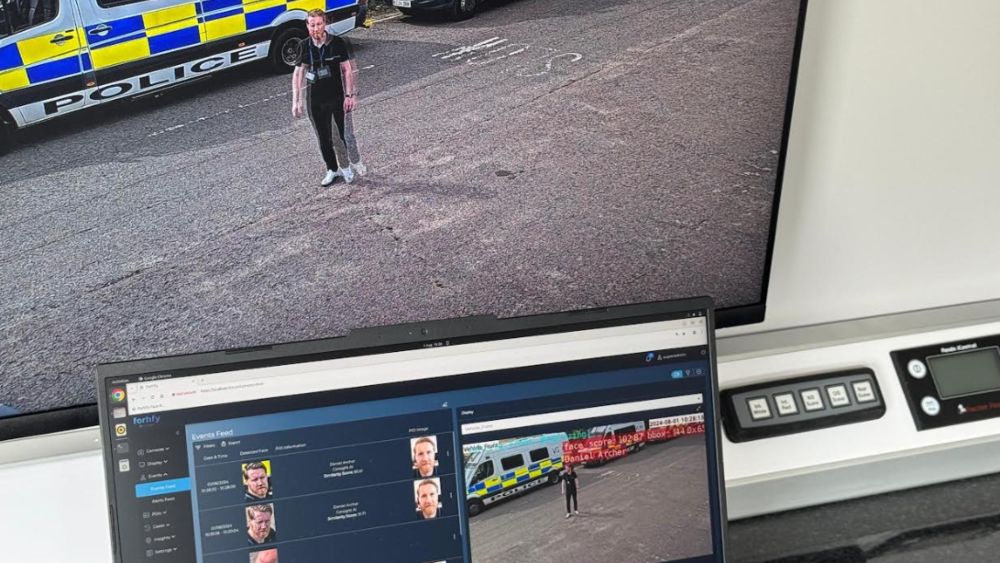
Police to deploy facial recognition technology in Essex city
LIVE facial recognition technology will be deployed by police in Colchester this weekend in the hope officers can track down wanted individuals.
The equipment was first used by Essex Police in Southend and Chelmsford in 2023, and works by comparing live camera feeds of faces against a pre-determined “watch list” of individuals of interest.
The system aims to support officers in identifying people wanted for priority offences, as well as safeguarding children and vulnerable people.
The technology will be deployed in Colchester this Sunday, and again on Thursday, May 29.
What do Essex Police do with the cameras?

Images of those who don’t cause an alert are automatically and immediately deleted, and images which cause an alert are deleted within 24 hours.
CCTV footage which is used by the live facial recognition technology is recorded and kept for 31 days, and individuals cannot be matched unless they are on a watch list.
When the technology finds a possible match, an alert – which is verified by an operator prior to an intervention by officers on the ground – is generated.
The system will only seek to match those individuals placed on the watch list.
Each watch list is unique to where the technology is being deployed.
Only persons who are wanted or suspects will be on an authorised watch list.
Essex Police say they will always publish the dates and locations of a deployment several days in advance, except in very exceptional circumstances.
How reliable are the cameras/how many hits do they get?
This percentage can vary and is impacted by several factors including the scope of the watch list and how many people pass through the zone of recognition for the camera.
Historically, there have been issues with facial recognition technology and potential gender and ethnic bias.
Police the bias has reduced whilst the technology has developed over time
Following work by South Wales Police, the Metropolitan Police, and the National Physics Laboratory, a report has been produced which gives an impartial, scientifically underpinned and evidence-based analysis of the performance of the facial recognition algorithm.








